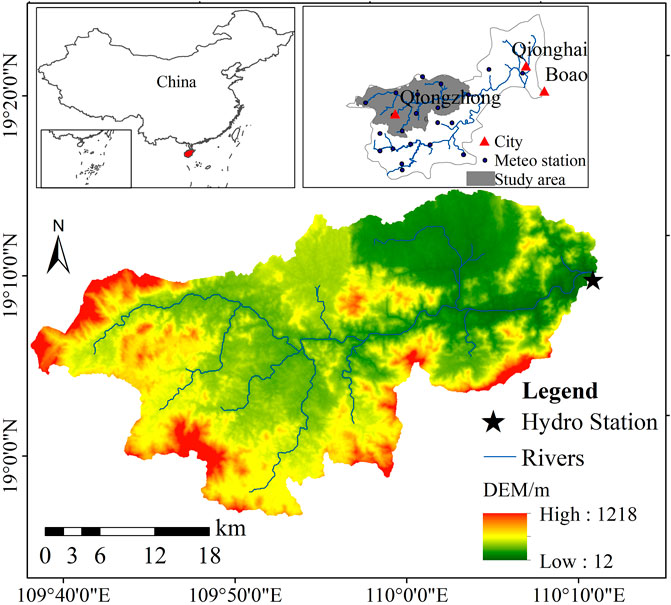The article delves into the impacts of climate change and human activities on hydrological processes, specifically focusing on the Wanquan River Basin in Hainan Province, China. It outlines that both long-term climate shifts (like changes in temperature and precipitation) and short-term human interventions (such as land use changes) significantly affect water resources. The study utilizes the SWAT model to quantify these impacts, emphasizing the transitions from natural forests to rubber plantations, which alter the hydrological cycles by affecting processes like evapotranspiration and runoff.
The study identifies 1990 as a critical change point in runoff data, differentiating periods of hydrological response before and after this year. The results show that human activities are the primary driver of runoff changes, accounting for about 45.12% of runoff variations, while climate change contributes 44.05%, and land use change alone impacts it by 10.83%. The SWAT model proves to be effective for simulating the runoff processes, taking a broad array of hydrometeorological data into account.
Key findings include significant vegetation cover alterations due to economic pressures, resulting in detrimental effects on hydrology, such as heightened evapotranspiration and reduced runoff, particularly linked to increased rubber plantation areas. Overall, the article concludes that both climate and anthropogenic changes critically govern runoff dynamics in the Wanquan River Basin, underscoring the need for careful water resource management in response to these transformations.


